Carrying a positioning device while hiking transcends mere convenience—it represents a critical safety measure that can prevent emergencies from becoming tragedies. These devices serve as electronic lifelines in environments where natural landmarks create confusion, rapidly changing weather obscures paths, and unexpected injuries immobilize even experienced outdoor enthusiasts. Modern positioning technology has evolved from simple location markers to comprehensive safety systems that communicate vital information to rescue teams and concerned family members. This examination explores the multifaceted importance of these devices, demonstrating how they provide not just geographical orientation but psychological security. They enable hikers to explore remote areas with greater confidence while maintaining a reliable connection to assistance regardless of their distance from civilization or cellular coverage areas.
Emergency Response and Rescue Coordination
Precise Location Identification
Positioning devices provide exact coordinates that enable rescue teams to locate lost or injured hikers with unprecedented efficiency, significantly improving emergency outcomes in remote or complex terrains. Unlike vague descriptions based on terrain features or guesswork, GPS coordinates direct rescuers precisely to within meters of a person’s position, dramatically reducing search areas from square kilometers to specific points and minimizing resource waste. This precision cuts response times from potentially days to mere hours, proving particularly crucial when inclement weather prevents visual searches or when injured hikers cannot move to more visible locations. Modern devices like the huawei gt6 incorporate multiple global satellite systems and advanced algorithms that maintain reliability even in deep valleys, dense forest cover, or steep canyon areas where traditional navigation methods frequently fail, ensuring continuous and accurate location transmission when it matters most for survival and rescue efficiency.
Emergency Communication Capabilities
Dedicated positioning devices feature satellite communication functions that operate reliably beyond cellular coverage areas where most emergencies occur. These systems enable two-way messaging to coordinate rescue efforts and provide real-time status updates to emergency services. Many devices feature dedicated SOS buttons that immediately alert emergency response centers with location information and pre-programmed medical details. This direct communication allows hikers to describe their situation, specify injuries, and receive professional first aid instructions while awaiting rescue. The assurance of communication availability encourages responsible exploration while maintaining safety connections that were previously impossible without specialized expedition equipment.
Prevention and Risk Mitigation
Route Planning and Monitoring
Modern positioning devices offer advanced route planning capabilities that allow hikers to pre-load trails and waypoints before embarking on their journey. These systems provide real-time progress monitoring and can alert users when they deviate from their intended path or approach potentially dangerous areas. The technology enables hikers to share their planned routes with family members or hiking partners, creating an additional layer of safety through external monitoring. This proactive approach to navigation helps prevent getting lost and ensures that someone always knows the hiker’s intended route and schedule, significantly reducing the risk of prolonged disorientation in wilderness settings.
Weather and Hazard Alerts
Many advanced positioning devices now integrate real-time weather updates and hazard notifications specific to the user’s location. These systems can warn hikers about approaching storms, flash flood risks, wildfire smoke, or other environmental dangers that might not be immediately apparent. This early warning capability allows hikers to make informed decisions about altering their route, seeking shelter, or turning back before conditions become dangerous. The ability to receive timely environmental alerts transforms positioning devices from passive navigation tools into active safety systems that help hikers avoid potentially life-threatening situations related to weather and natural disasters.
Group Safety and Management
Real-time Group Tracking
Positioning devices significantly enhance group safety through sophisticated tracking features that allow all members to monitor each other’s locations in real time. This capability is particularly valuable when hiking with children, mixed-ability groups, or in areas with limited visibility. The systems can alert group members if someone falls behind or wanders off trail, enabling quick response before a minor separation becomes a serious situation. This technology also helps groups maintain their cohesion without constant visual contact, allowing for a more enjoyable and relaxed hiking experience while still ensuring everyone’s safety and known whereabouts throughout the adventure.
Emergency Group Coordination
In case of group emergencies or separations, positioning devices provide crucial coordination capabilities that traditional methods cannot match. If members become separated, the devices allow them to navigate back to each other using precise location sharing. During emergency situations, the technology enables coordinated response efforts where some members can continue to safety while others assist injured companions, all while maintaining communication and location awareness. This level of coordination can be vital in complex rescue scenarios where multiple group members may need assistance or when environmental conditions require split-second decision making about movement and safety procedures.
Conclusion
Positioning devices have evolved from simple navigation tools to comprehensive safety systems that are essential for modern hiking adventures. They provide crucial benefits in emergency response, risk prevention, group safety, and psychological security, making them indispensable for responsible outdoor recreation. The integration of advanced technologies continues to enhance their capabilities, offering hikers unprecedented levels of protection and peace of mind. As these devices become more sophisticated and accessible, they are transforming hiking safety standards and enabling outdoor enthusiasts to explore wilderness areas with greater confidence. The investment in a reliable positioning device represents not just the acquisition of technology, but a commitment to safety, responsibility, and the enjoyment of nature with the assurance that help is always within reach when needed.
